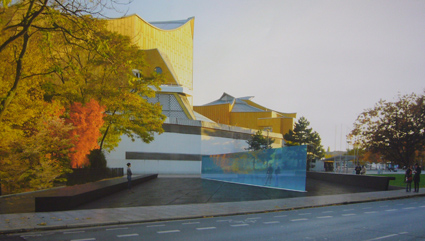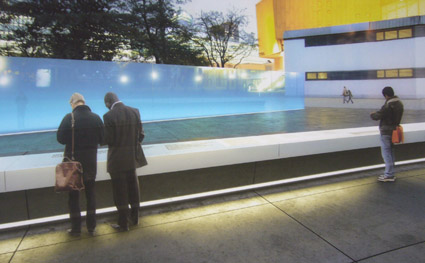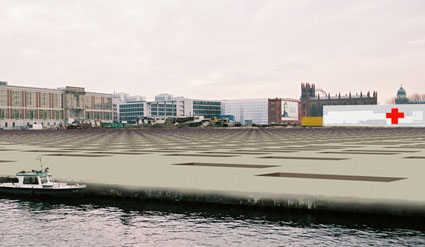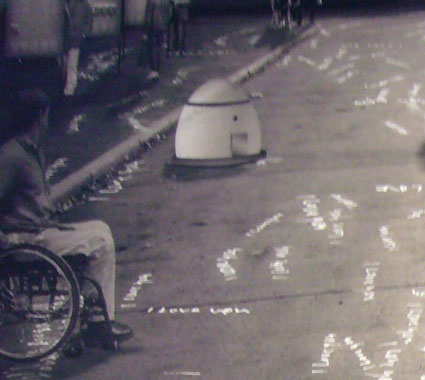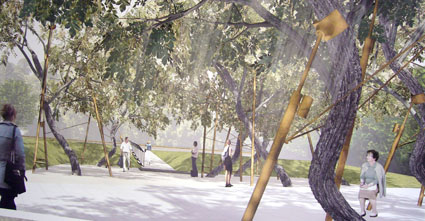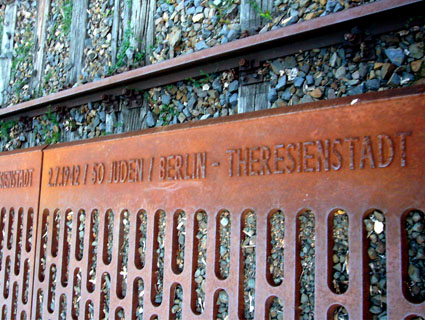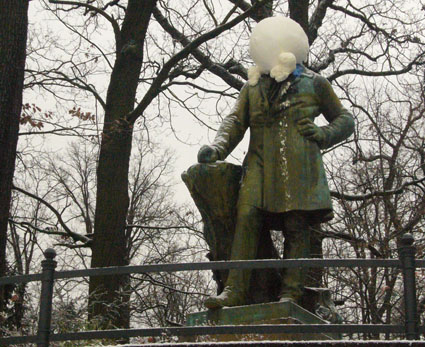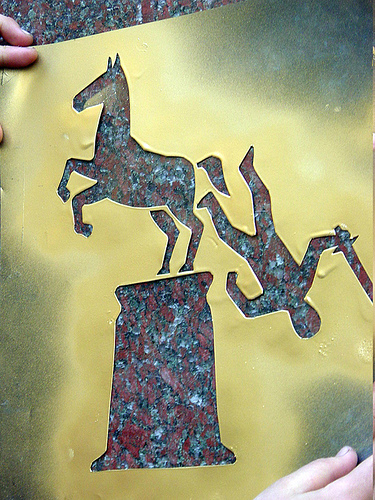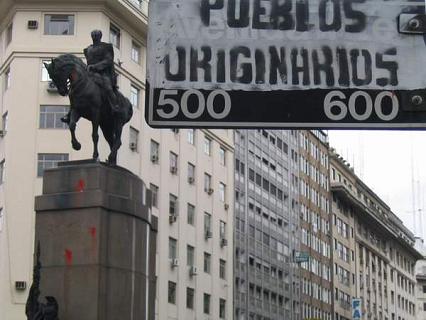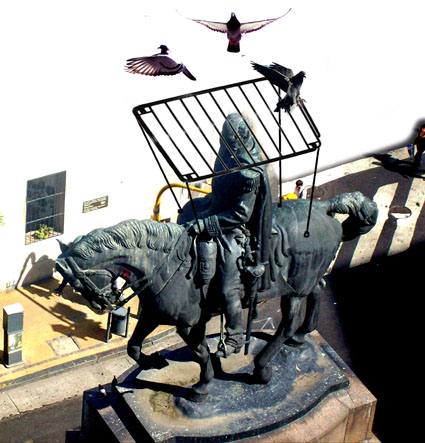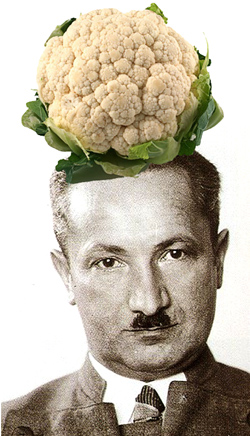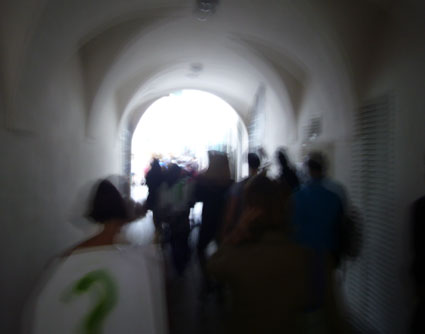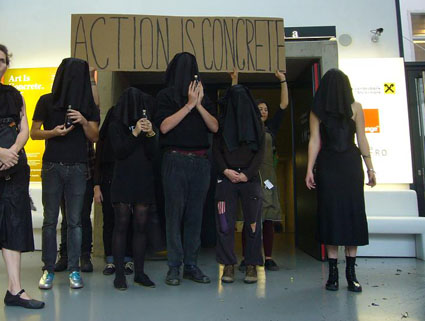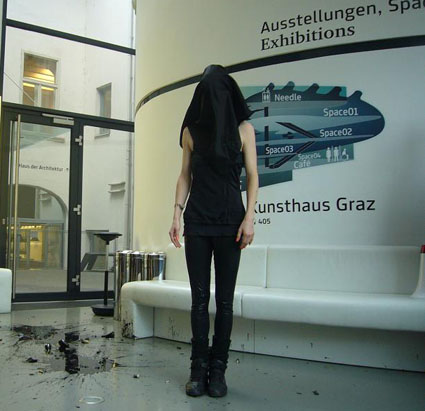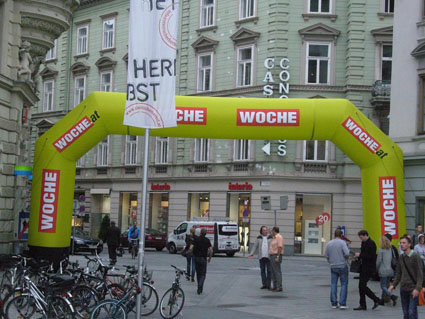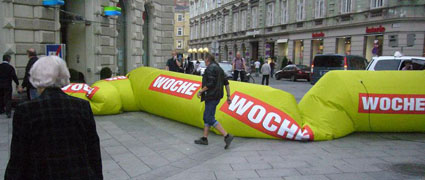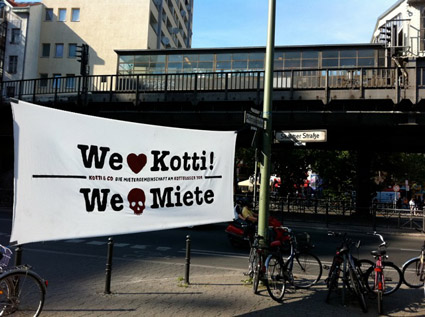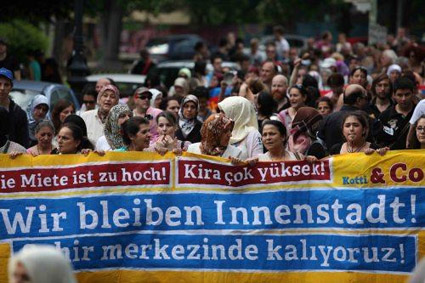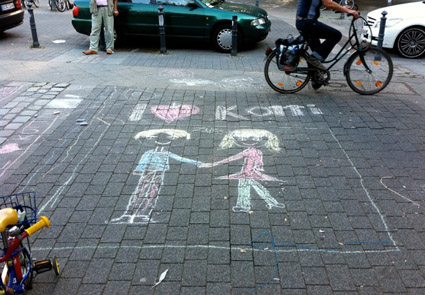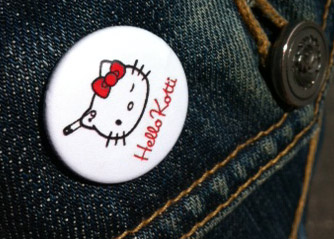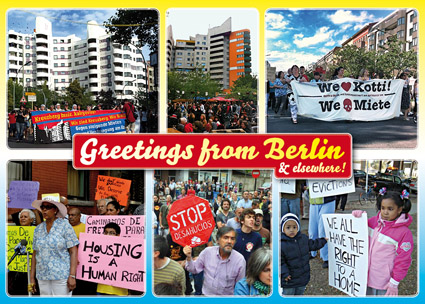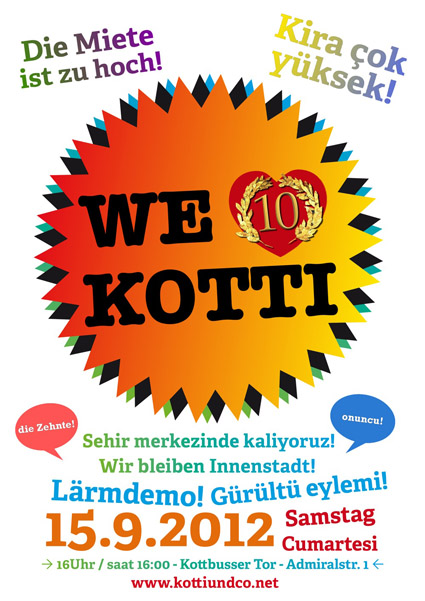about monuments
1. 1. 2013 // Federico Geller // Kategorie Randnotizen 2012Some weeks ago I visited the museum Topography of Terror in Berlin, built where once were the headquarters of the SS, the secret police and the Reich Security Main Office. I wanted to see the projects of a contest for a new monument, dedicated to the victims of T4, the euthanasic program of the nazis. “The Topography of Terror Foundation, the working group »›T4‹ Round Table« and the Foundation Memorial to the Murdered Jews of Europe are involved in planning the memorial site.” (…) “The classification, »selection« and murder of these patients made this the first centrally organised and systematic process of mass murder carried out by the National Socialists.” (http://www.stiftung-denkmal.de/en/memorials/commemorative-and-information-centre-for-the-victims-of-national-socialist-euthanasia-killings.html)
Close to 200,000 or 300,000 persons supposed to have hereditary mental or physical disabilities (Erbkranke was the term in use) were killed between 1939 and 1945 in different hospitals which were adapted to that purpose. One of them was the communist Olga Benario, which particular disability were to be jewish and to fight capitalism. The gas chambers were developped originally by the T4 program and later used in the holocaust. However, we must remind that before killing the Erbkranke, the nazis had already killed thousands of communist and other political enemies. These also massive crimes were the “primitive accumulation of the genocide”, using the term that Juan Carlos Marin applied for the thousands of political crimes in Argentina in the three previous years to the last dictatorship . (Juan Carlos Marín. Los Hechos Armados. Argentina 1973-1976. La acumulación primitiva del genocidio. Ed. La Rosa Blindada – PICaSo)
Designing a monument, choosing a project between many, building a place for remembering this piece of history and giving it a proper use and legitimacy, seems to be a very hard task.
The winner of the contest was the project of Ursula Wilms, who also designed Topographie des Terrors… It consists on a semitransparent glass wall over a black granite surface. It will presumably be nicer in a sunny winter day that under the sun of summer. But that would be, in fact, an interesting idea: to make you feel you just can´t stand there, that you are not in a safe and comfortable place devoid of conflict. Some instructions may be installed so people do not touch the glass or play volleyball. Just like in the Memorial to the Murdered Jews of Europe in Berlin (that other monument to abstract art with rect angles) where people can not sit nor jump or play, as the architecture of the place invite them to do, but obbey guards´admonitions and instructions that are written on the floor.
Against the subjective safety elicited by the parallelepipeds of the Memorial to the Murdered Jews of Europe, the architect Robert Burghard has proposed an inversed version, in tridimensional terms, where instead of blocks there are holes. There is also a hospital in situ for healing visitors that may fall inside. The location is transfered to the place where the DDR Palace of the Republic stood before its demolition, in order to prevent the rebuilding of the castle of the Hohenzollern, the kings of Prussia, still waiting for their political revival after a century and quite close to come back from their graves. (http://fzz.cc/issue05MONUMENTS.html)
The 2nd prize of the T4 contest was for Yves Dreier, who brought the project for building a robot, a quite close estethic relative of Star Wars’ R2d2, which is able to write “I love you” on the floor once and once again. It may work as a testimony of human failure to face History, in contrast to the digital storage of memory.
The team of Kapok proposed to use a variegated group of twisted trees as main element, in contrast to a platton of straight trees. The metallic structures that support the trees trigger voices with testimonies. It seems that the comparison of trees and humans was more resisted in the jury than a writing robot or a big glass screen. Elias Canetti thought that forests were the main symbol of mass for the germans, but that was before every natural wood of Germany disappear for making cars.
The common experience for most of us is that monuments are boring and devoid of any significance, just like almost every art exhibition. The social forces tend to make them: 1. part of the machine of reproducing normality and boredom in the surplus cities, 2. a testimony of traffic of influences in public institutions, 3. an exhibition of technoarchitectural power and 4. a double attempt of perennial administrations on forging History and being remembered.
But it’s not always like that or just like that: the Gleis 17 monument in the train station of Grunewald, Berlin, is a meaningful place. The platform 17 was one of the main points of deportation of Berlin jews to the concentration and extermination camps. The decision was to install all along the railways metallic plates with the dates of deportation, number of deported jews and the place of destination. They are in chronological order, so you can follow the regularity and the rythm of the deportation as a bureaucratic and normalised process, that ended just some weeks before german capitulation. There is no representational nor symbolical expression of the architect ego. Some trees are growing in the railways, serving as a symbolical obstacle for future functional use. The monument was an initiative of the Deutsche Bahn and the project was designed by the team of Hirsch, Lorch & Wandel. The German train, by the way, has been recently sued in US courts, as the french SCNF also, for the key role of its antecessor DRB (Deutsche Reich Bahn) in the holocaust. Jews were forced to pay the tickets to their death to the SS. The SS then paid the DRB, or the SNCF in France, a third class ticket for every passenger. Children paid half price. Now thousands of survivors want the modern and expensive european trains to help them pay their medical bills. I hope they do. Effective monuments are not enough.
The possibilities of monuments are not restrained to designing and visiting them, but also give a chance to more original interactions. This is the monument in the Berlin Hasenheide Park to the memory of Friedrich Ludwig Jahn, the founder of german gymnastics and enemy of the aristocracy, priests, Frenchs, Poles, Napoleon and Jews, between other non really germans.
The degradation of the Buenos Aires Monument to Julio Argentino Roca was initiated in 2004 by the Comision Anti Monumento Roca, via graffities and different interventions.
Roca was a general that became president of Argentina (1880-1886 and 1898-1904) after leading the killings of thousands of mapuche in the south of the country for the expansion of Argentinian borders. His statue is one of the biggest in Buenos Aires and was erected in 1941.
Since the interventions began the monument lost its powerful aura. Its walls are being used since then for gluing posters of every kind. The discussions about this killer of indians and his representation in schoolbooks, monuments and in the 100 pesos banknotes multiplied.

This year Cristina Kirchner announced that his face in the highest argentinian bill will be removed and give place to Evita.
In the last couple of years a group of artists and activists are collecting keys for making an alternative bronze statue and remove the equestrian image of Roca. Their idea is quite platonic: to make a monument to the aboriginal woman. This female figure would represent all the women from mapuche, tehuelche, toba, wichi, guaraní, ranculche, pilagás and other cultures. The esculptor on charge is Andrés Zerneri who already made super Che Guevara´s statue in Rosario. The rejection of classical repressive characters is a positive step in our historical conciousness growth, but we are still lacking a stronger rejection of the formats and the relationships of obedience that make them possible.
Some people have proposed to go on with the degradation of the monument, but reloaded. They remind us that Roca was part of History and believe that is good to remember him as well as the social class that made the monument and still salute him. But they propose to do it in a more proper and sensitive way.



